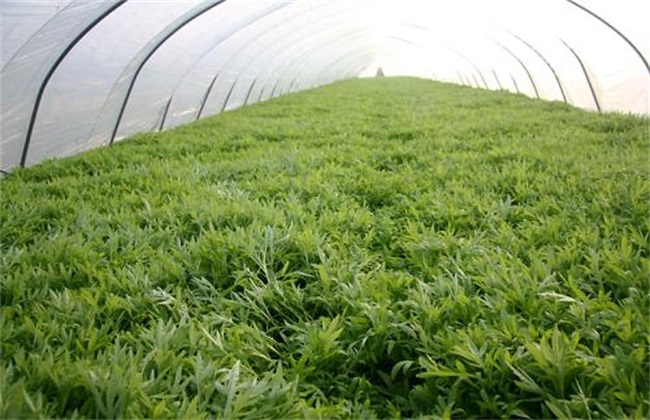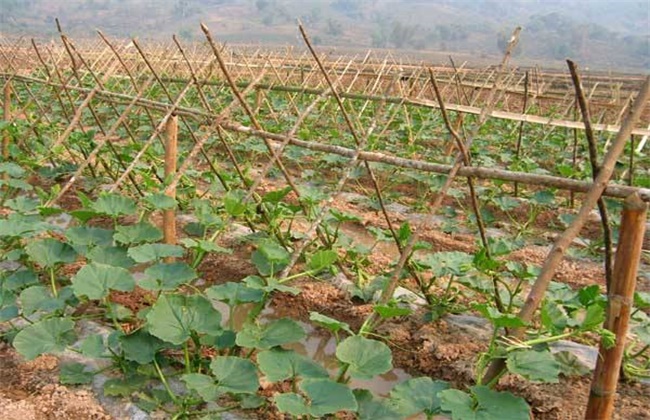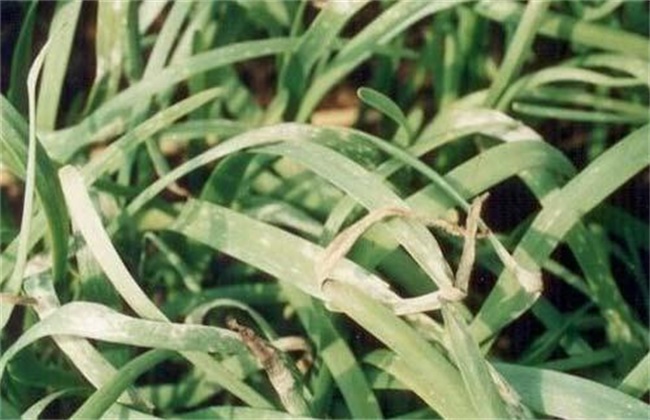Propagation methods of Artemisia annua L.
Artemisia annua L. is not only a perennial herb, but also one of our common vegetables. Its plant is accompanied by a light fragrance, and now the planting area in our country is still relatively large. When we plant Artemisia annua, the most important thing is to pay attention to its reproduction in order to ensure its planting efficiency. So how should Artemisia annua reproduce? The following editor brings you the breeding method of Artemisia annua. Let's have a look!

1. Ramet propagation
Ramet propagation is a common propagation method of Artemisia annua, and its ramet time is usually around May every year. In the ramet, first of all, the Artemisia annua plant left in the field will be taken out completely, and be careful not to hurt its root. Then remove the tender shoots at the top of the plant and dig the border surface. Keep the row spacing at about 40*45cm, and plant about two plants in each planting hole. After planting, keep the soil steady, then pour in enough water, and the trees can live after about a week or so.
2. Striping propagation
Striping propagation is also one of the more common propagation methods of Artemisia annua. The time of striping propagation is usually around July every year, when the stem of Artemisia annua is gradually semi-Lignified. We can cut it off directly, and then cut off the tender shoot at the top. On the border surface, control the row spacing at about 38cm, and dig a planting ditch with a depth of about 6cm. Then plant the stem of Artemisia annua directly into the ditch to keep the head and tail connected. Then cover the soil and water to keep the soil moist and improve its rooting and germination rate.
3. Cuttage propagation
The time of cutting propagation of Artemisia annua is similar to that of strip propagation, usually in July. First of all, we should choose some Artemisia stems which grow strong and free from diseases and insect pests, and then remove the tender shoots from the top of the stem. Then divide the stem into small segments that grow about 20cm. Then on the prepared border, control the row spacing and dig the cuttage hole. The cuttings were cut into about 5 small segments in each cuttage hole, and the cutting depth was kept at 2 prime 3 of the stem. After cutting solid soil, pour enough water, generally after about 10 days, the cuttings can take root and sprout.
4. Stem propagation
In fact, the more suitable method for propagation of Artemisia annua is stem propagation, which will not be limited by time and weather. It can be carried out in the four seasons of the year. First dig out the underground stem of Artemisia annua, then remove some of the over-grown stems, and then cut them into small segments, keeping each section at about 3 nodes. The shallow trenches were dug on the border surface, and the distance between the shallow trenches was kept at about 10cm. Then put the small section flat in the ditch, cover a layer of fine soil, and pour enough water.
The above is a brief introduction to the breeding methods of Artemisia annua. That's all for today's introduction. This article is for reference only. I hope it can help you all.
Related
- Where is it suitable to grow horseradish in China? it is expected to see the middle altitude horseradish in Alishan.
- How to prevent tomato virus disease reasonably? (Control methods included)
- Many people like to plant towel gourd on the balcony. What are the main points of this method and management?
- What crops can chili peppers be mixed with?
- Fertilization techniques and matters needing attention in Tomato
- What are the grafting techniques for peach seedlings in spring?
- Harm and control methods of root swelling disease of Chinese cabbage
- What are the pests of sweet potatoes? How to prevent and cure it?
- Symptoms, causes and Control methods of navel Rot in Tomato
- The cause of "Cucumber rotten bibcock" in Farmers' planting Cucumber and its Control Plan



